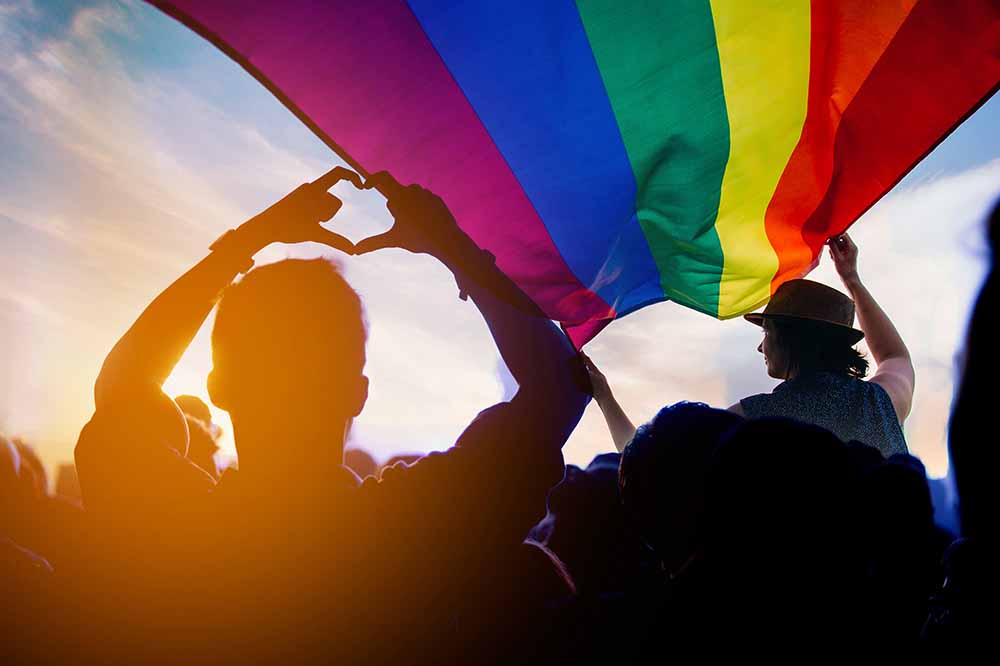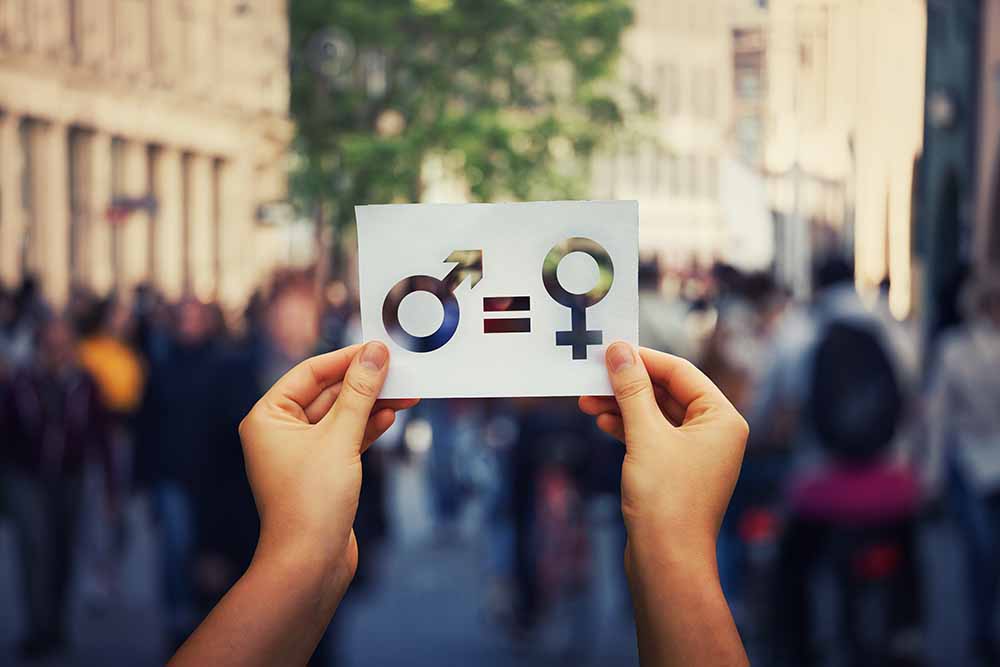Gender identity is a sense of how you feel inside and who you know yourself to be as far as your gender is concerned. Society often takes just two genders into consideration – male and female. But it is vital to understand that gender identity is not as simple as that; it's not just about what your body looks like or what you were told when you were born. Gender identity is your own deep understanding of who you are.
I've come to learn that there are actually many different gender identities out there. Some people might identify as transgender, others as gender-neutral or non-binary… and the list goes on. It's fascinating how diverse gender can be, with some folks feeling like a mix of different genders, while others not perceiving themselves as any specific gender at all.

Understanding all of this can be a bit confusing sometimes. Words might mean different things to different people, and that's okay. What matters most is respecting how someone wants to be seen and addressed. We all have the right to define ourselves and express our identity in our own way. It's so important for all of us to support each other along the way, no matter how we identify or present ourselves.
For me, embracing this diversity has been eye-opening. It's made me more aware of the richness of human experience and the importance of inclusivity. By being open to everyone's unique journey, we create a world where everyone feels seen, valued, and respected for who they truly are.

1. Agender: Agender individuals identify as having no gender or as genderless. They may feel disconnected from any specific gender identity.
2. Bigender: Bigender individuals identify with two distinct gender identities, often switching between them. They may feel a sense of being both male and female at different times.
3. Cisgender: Cisgender is a term used to describe individuals whose gender identity aligns with the sex they were assigned at birth. In other words, if a person identifies as the gender they were labelled at birth (for example, someone assigned female at birth who identifies as a woman), they are considered cisgender. The term ’cis’ comes from Latin, meaning ’on this side of’, and is used in contrast to ’trans’, which means ’across‘ or ’beyond’. Cisgender is simply one of many ways that people experience and understand their gender identity.
4. Demigender: Demigender individuals partially identify with a particular gender. For example, someone might identify as demigirl if they feel partially, but not wholly, connected to being a girl.
5. Transgender: Transgender individuals are those whose gender identity differs from the sex they were assigned at birth. Transgender people may undergo gender-affirming medical procedures or social transitions to align their physical appearance with their gender identity.
That's where gender assignment comes into play. It's this idea that your body parts determine who you are, but we know that's not always true. We get to decide for ourselves who we are, regardless of what we were told when we were born. It's about honouring our own truth, even if it doesn't fit into the neat categories of male or female.

6. Non-Binary:
Non-binary is a term used to describe individuals whose gender identity does not strictly fit within the traditional categories of male or female. Instead of identifying as exclusively male or exclusively female, non-binary people may feel that their gender identity is somewhere in between, a combination of both, or completely outside of these categories altogether.
7. Genderqueer:
Genderqueer is a term used to describe individuals whose gender identity falls outside of the traditional binary of male and female. People who identify as genderqueer may see themselves as a mix of both genders, as neither gender, or as a different gender entirely.
8. Genderfluid:
Genderfluid is a term used to describe individuals whose gender identity can change or fluctuate over time. Unlike people who identify with a fixed gender identity, genderfluid individuals may experience shifts in their gender identity, feeling more masculine, feminine, or another gender entirely at different times.